Doctoral Dissertation
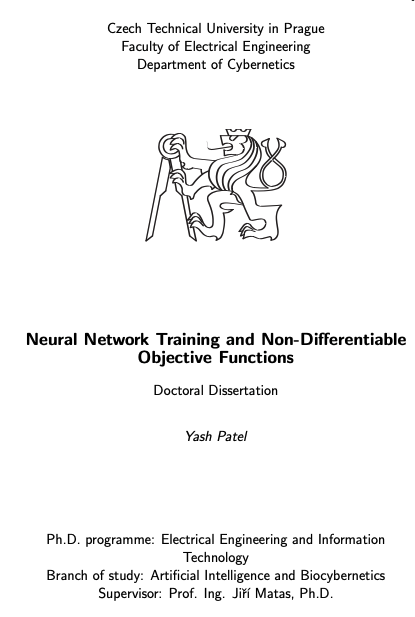
Neural Network Training and Non-Differentiable Objective Functions
Yash Patel
Supervisor: Professor Jiří Matas
Ph.D. Dissertation, Czech Technical University in Prague, 2023
pdf slides abstract bibtex
Selected Publications
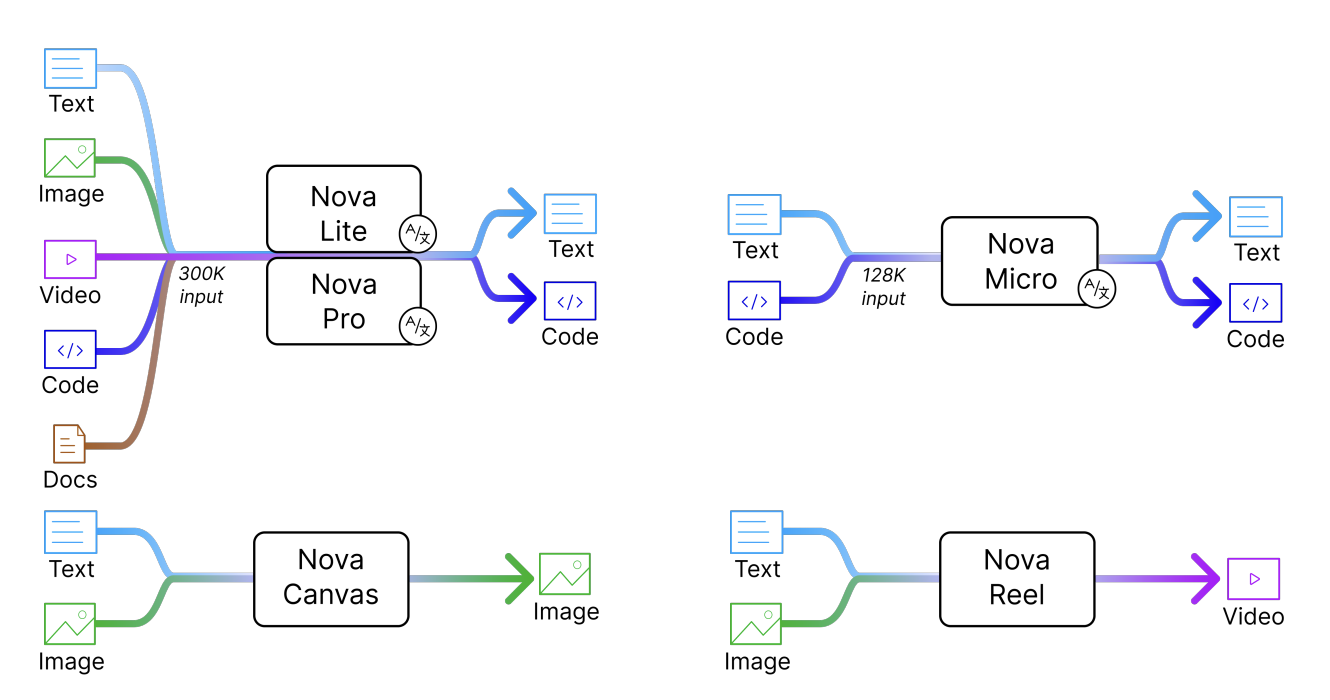
The Amazon Nova family of models: Technical report and model card
Amazon Artificial General Intelligence
Technical Reports, Amazon Science, 2024
pdf abstract bibtex models
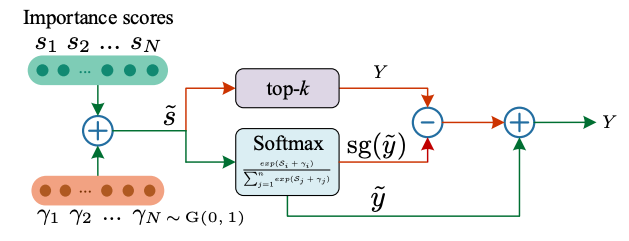
Generalized Differentiable RANSAC
Tong Wei, Yash Patel, Alexander Shekhovtsov, Jiri Matas, Daniel Barath
IEEE/CVF International Conference on Computer Vision (ICCV), 2023
pdf abstract bibtex code
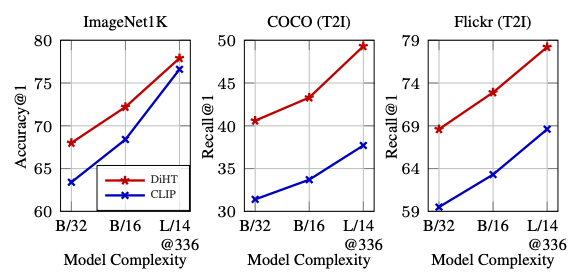
Filtering, Distillation, and Hard Negatives for Vision-Language Pre-Training
Filip Radenovic, Abhimanyu Dubey, Abhishek Kadian, Todor Mihaylov, Simon Vandenhende, Yash Patel, Yi Wen, Vignesh Ramanathan, Dhruv Mahajan
IEEE/CVF Conference on Computer Vision and Pattern Recognition (CVPR), 2023
pdf abstract bibtex code

Contrastive Classification and Representation Learning with Probabilistic Interpretation
Rahaf Aljundi, Yash Patel, Milan Sulc, Daniel Olmeda, Nikolay Chumerin
Association for the Advancement of Artificial Intelligence (AAAI), 2023
pdf abstract bibtex
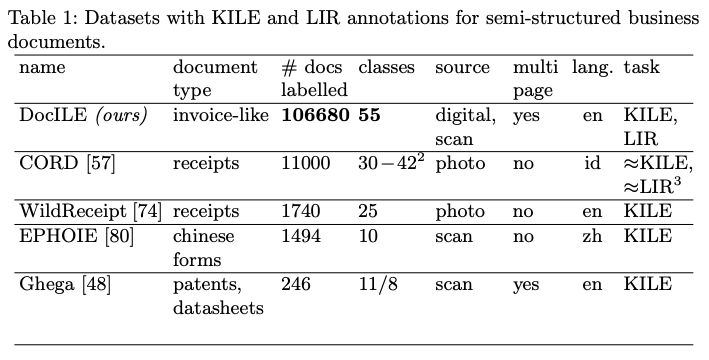
DocILE Benchmark for Document Information Localization and Extraction
Štěpán Šimsa, Milan Šulc, Michal Uřičář, Yash Patel, Ahmed Hamdi, Matěj Kocián, Matyáš Skalický, Jiří Matas, Antoine Doucet, Mickaël Coustaty, Dimosthenis Karatzas
International Conference on Document Analysis and Recognition (ICDAR), 2023 Oral
pdf abstract bibtex webpage code
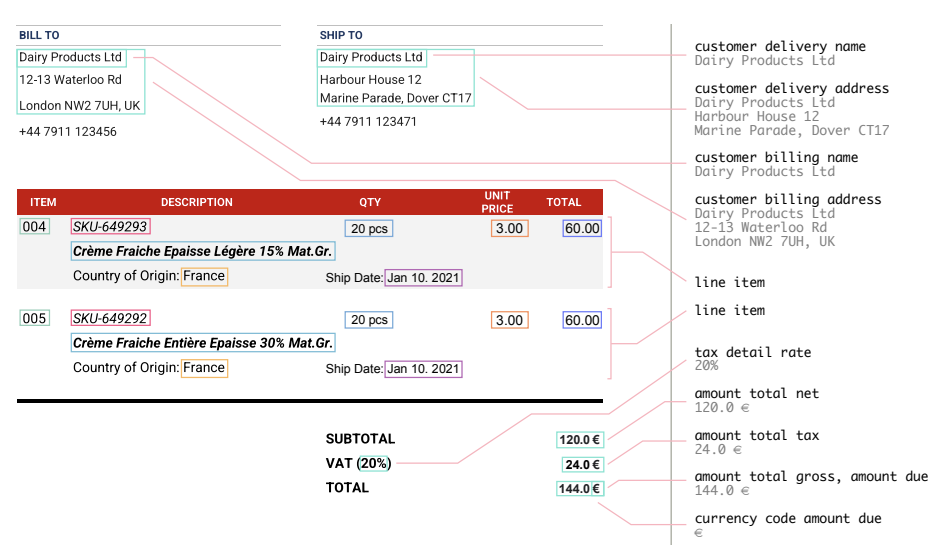
DocILE 2023 Teaser: Document Information Localization and Extraction
Štěpán Šimsa, Milan Šulc, Matyáš Skalický, Yash Patel, Ahmed Hamdi
European Conference on Information Retrieval (ECIR), 2023
pdf abstract bibtex webpage
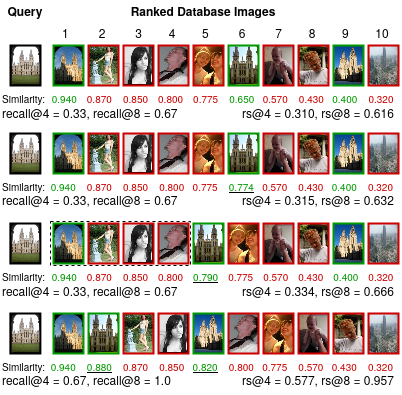
Recall@k Surrogate Loss with Large Batches and Similarity Mixup
Yash Patel, Giorgos Tolias, Jiri Matas
IEEE/CVF Conference on Computer Vision and Pattern Recognition (CVPR), 2022
pdf supplementary abstract bibtex webpage code video
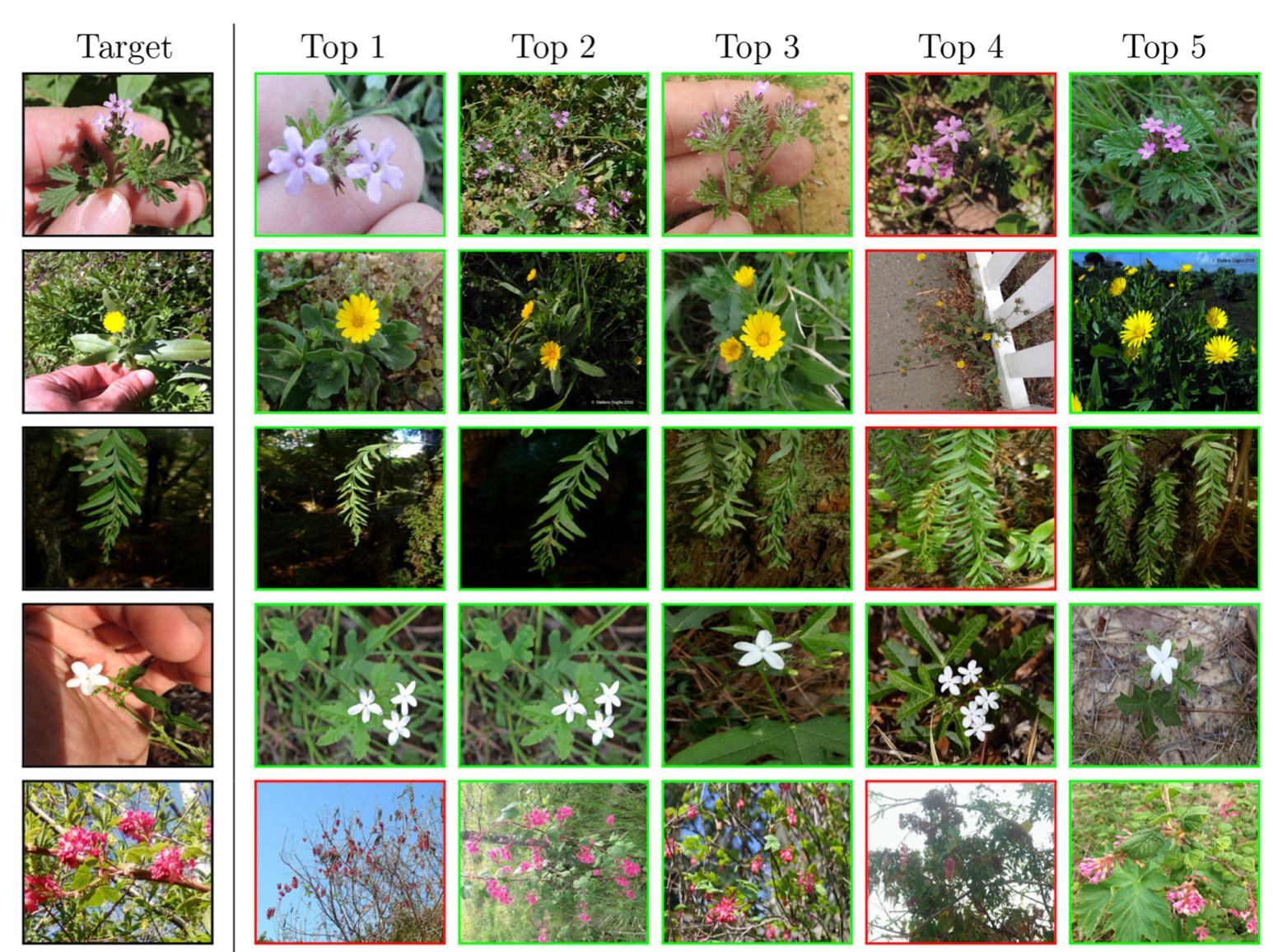
Plant recognition by AI: Deep neural nets, transformers, and kNN in deep embeddings
Lukáš Picek, Milan Šulc, Yash Patel, Jiri Matas
Frontiers in Plant Science, 2022
pdf abstract bibtex

FEDS--Filtered Edit Distance Surrogate
Yash Patel, Jiri Matas
International Conference on Document Analysis and Recognition (ICDAR), 2021
pdf abstract bibtex video
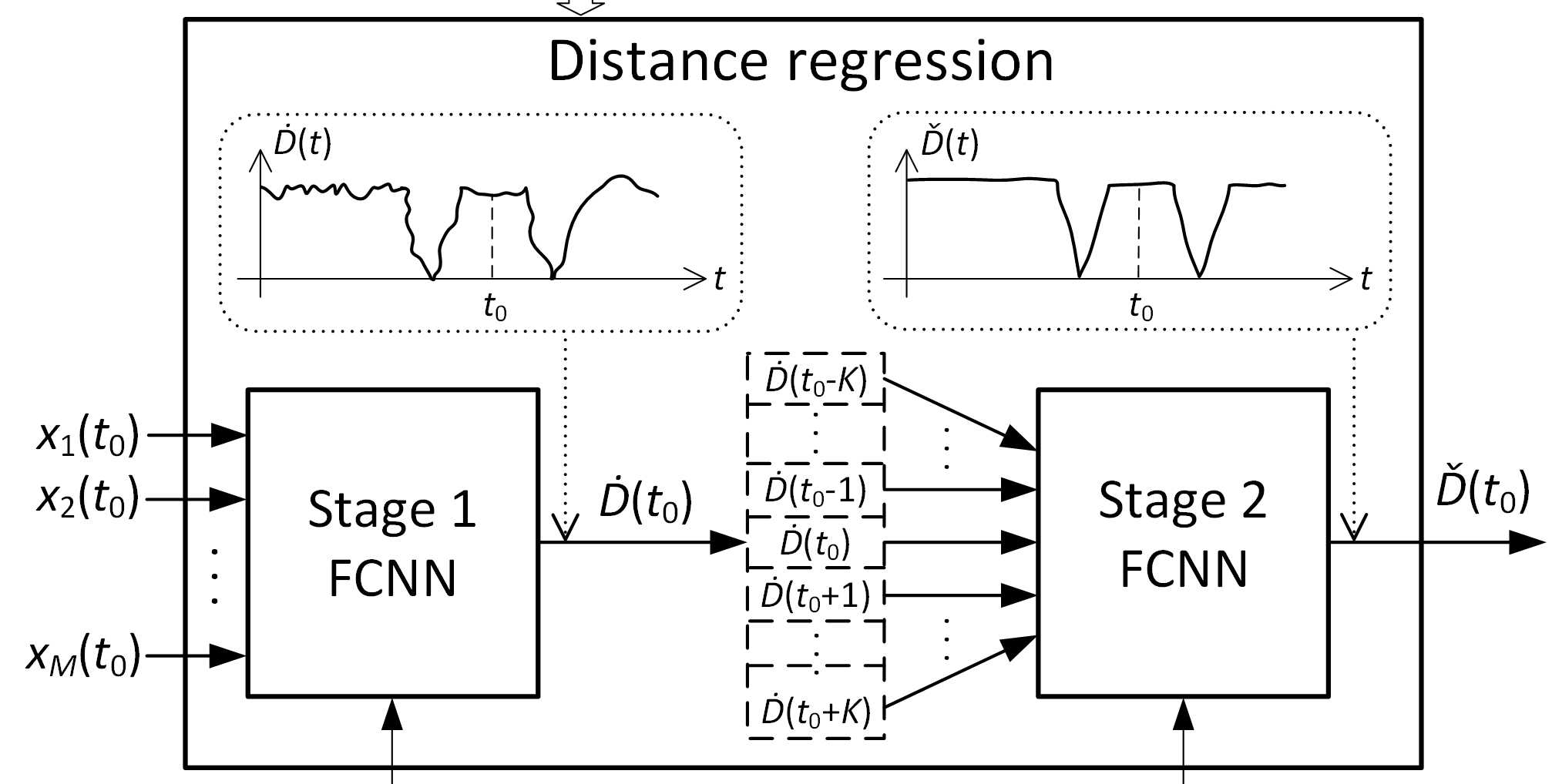
Neural Network-based Acoustic Vehicle Counting
Slobodan Djukanović, Yash Patel, Jiři Matas, Tuomas Virtanen
European Signal Processing Conference (EUSIPCO), 2021
pdf abstract bibtex
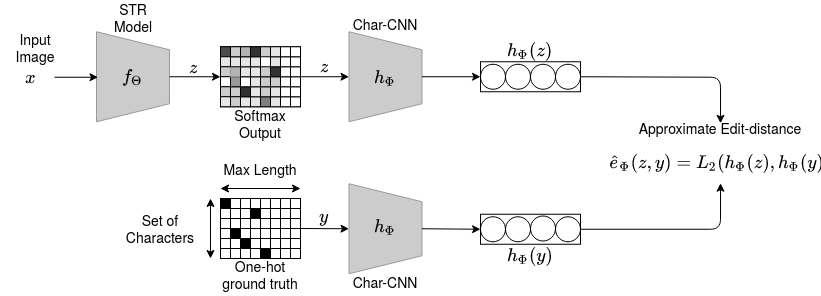
Learning Surrogates via Deep Embedding
Yash Patel, Tomas Hodan, Jiri Matas
European Conference on Computer Vision (ECCV), 2020
pdf abstract bibtex video long video
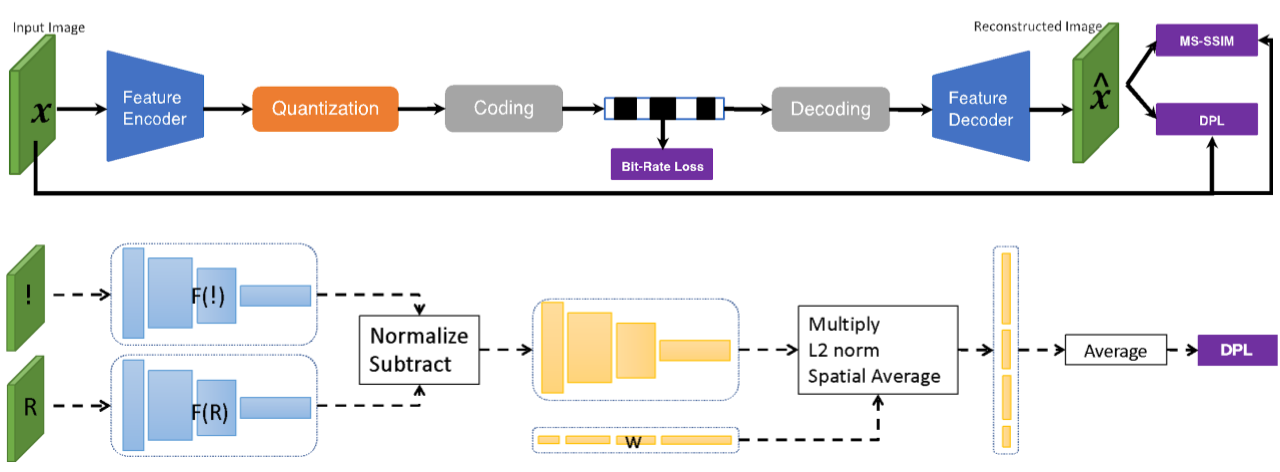
Deep Perceptual Compression
Yash Patel, Srikar Appalaraju, R. Manmatha
arXiv e-print, 2019
pdf abstract bibtex
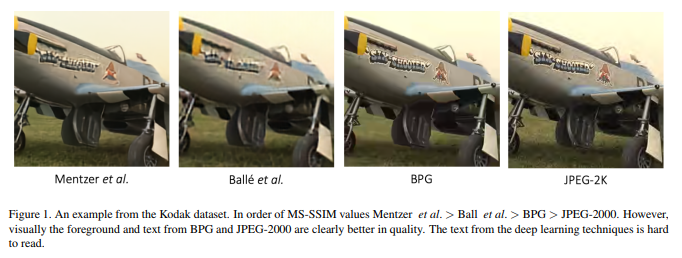
Human Perceptual Evaluations for Image Compression
Yash Patel, Srikar Appalaraju, R. Manmatha
arXiv e-print, 2019
pdf abstract bibtex
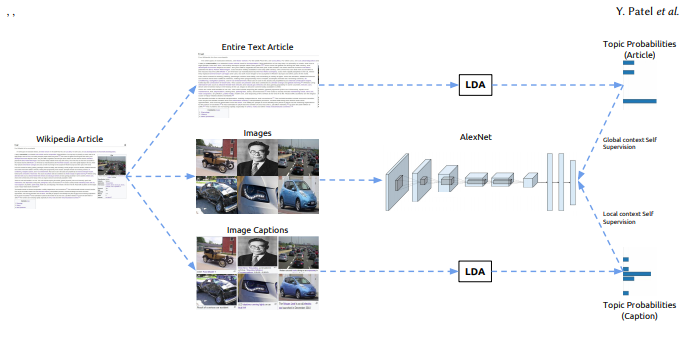
Self-Supervised Visual Representations for Cross-Modal Retrieval
Yash Patel, Lluis Gomez, Marçal Rusiñol, Dimosthenis Karatzas, C.V. Jawahar
International Conference on Multimedia Retrieval (ICMR), 2019 Spotlight
pdf abstract bibtex
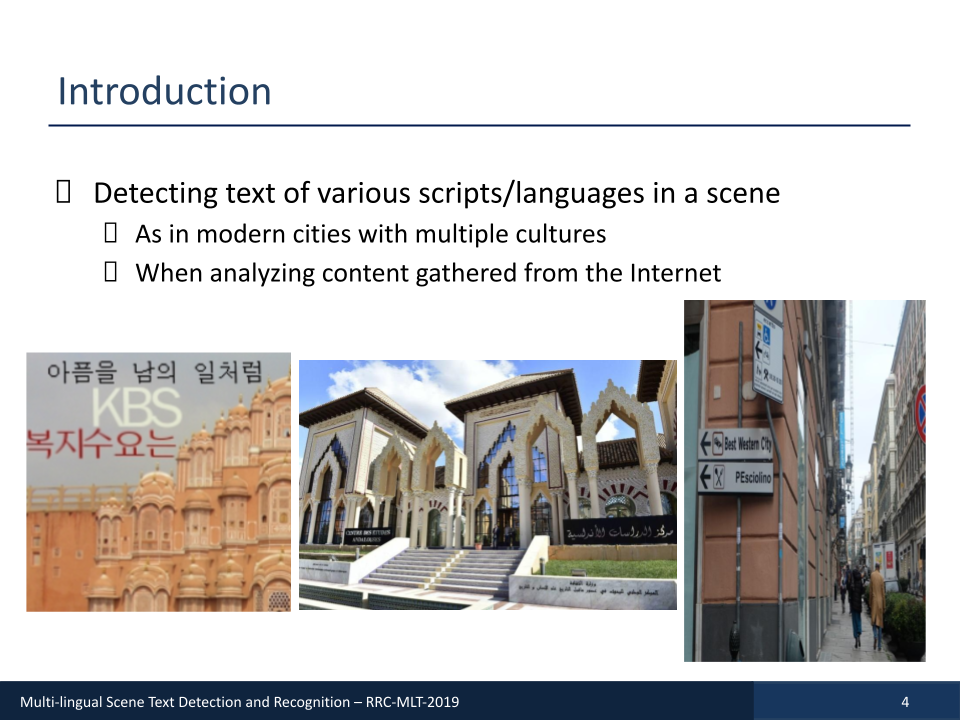
ICDAR2019 Robust Reading Challenge on Multi-lingual Scene Text Detection and Recognition--RRC-MLT-2019
Nibal Nayef*, Yash Patel*, Michal Busta, Pinaki Nath Chowdhury, Dimosthenis Karatzas, Wafa Khlif, Jiri Matas, Umapada Pal, Jean-Christophe Burie, Cheng-lin Liu, Jean-Marc Ogier
International Conference on Document Analysis and Recognition (ICDAR), 2019 Oral
pdf abstract bibtex portal
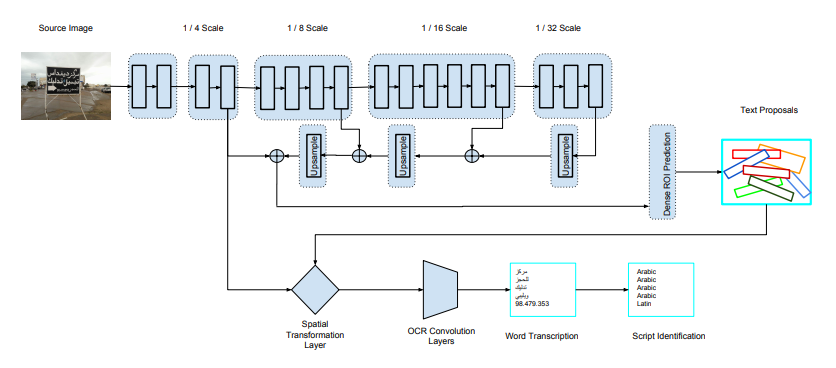
E2E-MLT - an Unconstrained End-to-End Method for Multi-Language Scene Text
Michal Bušta, Yash Patel, Jiri Matas
International Workshop on Robust Reading, Asian Conference on Computer Vision (ACCV), 2018
Best Paper Award
pdf abstract bibtex code

TextTopicNet-Self-Supervised Learning of Visual Features Through Embedding Images on Semantic Text Spaces
Yash Patel, Lluis Gomez, Raul Gomez, Marçal Rusiñol, Dimosthenis Karatzas, C.V. Jawahar
Under Review at Pattern Recognition Journal, arXiv e-print, 2018
pdf abstract bibtex code
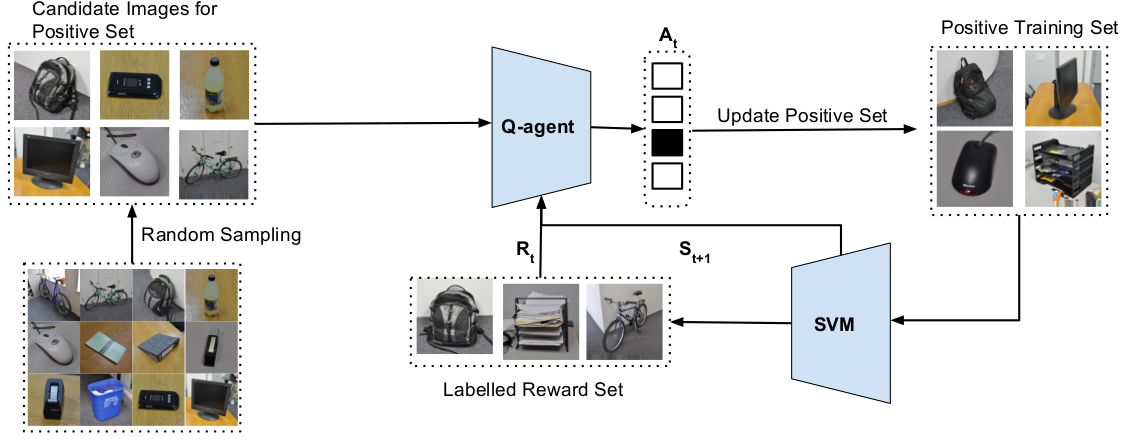
Learning Sampling Policies for Domain Adaptation
Yash Patel*, Kashyap Chitta*, Bhavan Jasani*
ArXiv e-prints, 2018
pdf abstract bibtex code
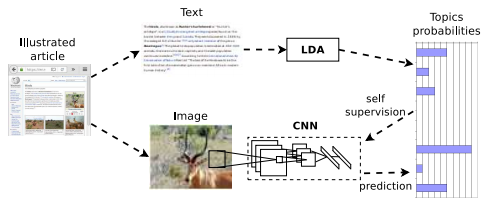
Self-Supervised Learning of Visual Features through Embedding Images into Text Topic Spaces
Lluis Gomez*, Yash Patel*, Marçal Rusiñol, Dimosthenis Karatzas, CV Jawahar
IEEE/CVF Conference on Computer Vision and Pattern Recognition (CVPR), 2017
pdf abstract bibtex code
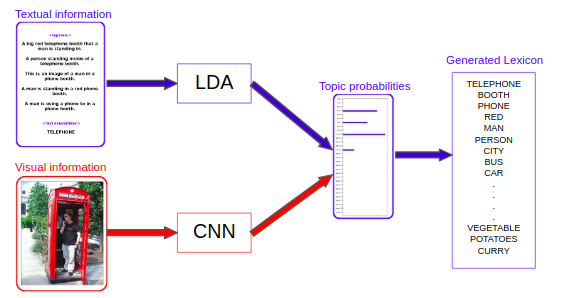
Dynamic Lexicon Generation for Natural Scene Images
Yash Patel, Lluis Gomez, Marçal Rusiñol, Dimosthenis Karatzas
International Workshop on Robust Reading, European Conference on Computer Vision (ECCV), 2016
pdf abstract bibtex code
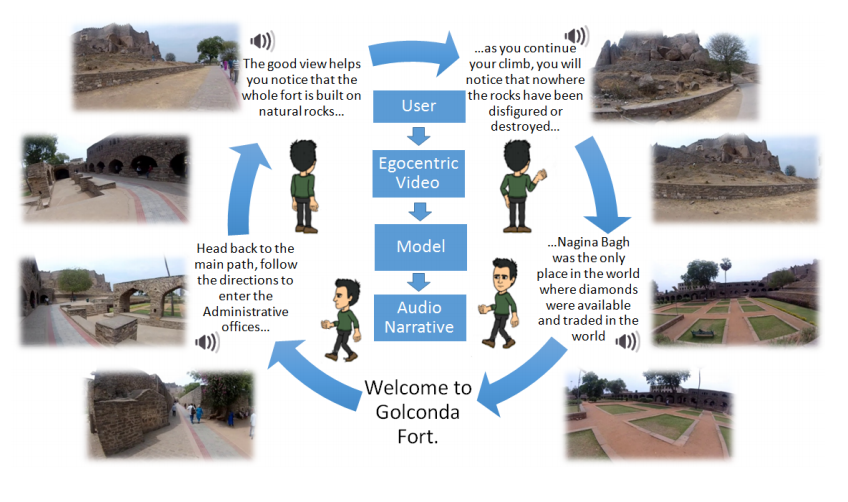
Dynamic Narratives for Heritage Tour
Anurag Ghosh*, Yash Patel*, Mohak Sukhwani, CV Jawahar
VisART, European Conference on Computer Vision (ECCV), 2016
pdf abstract bibtex code
Patents
- (2024) Statistical model training systems, US Patent 11,868,440, Yash Patel, R Manmatha, Alexander Smola, Son D Tran, Sheng Zha.
- (2021) Hierarchical auto-regressive image compression system, US Patent 10,965,948, Srikar Appalaraju, Yash Patel, R Manmatha.
- (2021) Learned lossy image compression codec, US Patent 10,909,728, Srikar Appalaraju, R Manmatha, Yash Patel.
Academic Services
Reviewer for TPAMI, IJCV, ICPR, ACCV, WACV, ICCV, CVPR
- (2023) Organizer, DocILE Lab and Challenge, International Conference on Document Analysis and Recognition (ICDAR).
- (2023) Organizer, DocILE Lab and Challenge, Conference and Labs of the Evaluation Forum (CLEF).
- (2019) Organizer, MLT Competition, International Conference on Document Analysis and Recognition (ICDAR).
- (2019) Organizer, tutorial on Joint Image-Text Embedding Learning and applications, ICDAR.
- (2018) Organizer/Program Chair, 3rd International Workshop on Robust Reading (IWRR), ACCV 2018.
Awards
- (2024) Antonín Svoboda Award for the Best Ph.D. Thesis.
- (2024) Dean's Award, FEL CVUT for outstanding Ph.D. dissertation.
- (2021) Amazon Research Award, for Training Neural Networks on Non-Differentiable Losses (with Prof. Jiri Matas).
- (2018) Best Paper Award, to E2E-MLT at IWRR ACCV.
- (2017) Open Informatics Young Scientist Scholarship, Czech Technical University in Prague.
- (2017) Won (Rank-1) ICDAR RRC-MLT, competition on cropped word script identification.
- (2017) Dean's Research Award, IIIT Hyderabad, for excellence in research.
- (2016) Dean's Research Award, IIIT Hyderabad, for excellence in research.
- (2016) Dean's Academic Award, IIIT Hyderabad, for merit list.
Talks
Present & Past Affiliations

























